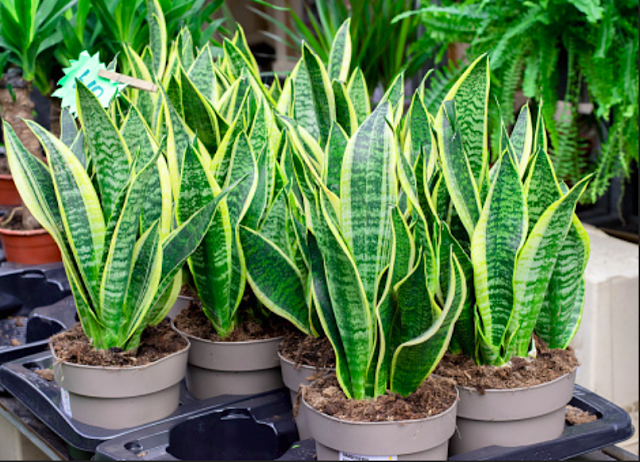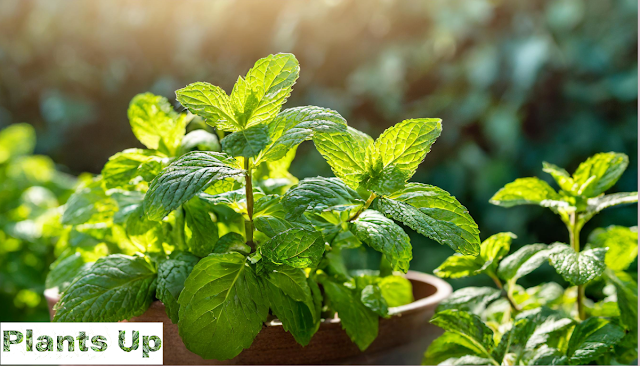 |
| Top 5 Outdoor Plants |
In this blog you we get top most outdoor plants that hardly die and very easy to grow:
1. Aloe Vera (Aloe Barbadensis)
 |
Aloe Vera (Aloe Barbadensis Miller)
|
- Aloe vera is the one of 400 species of Aloe.
- It’s Botanical Name: Aloe Barbadensis Miller.
- Aloe vera is a part of the Liliaceae Family.
- Aloe comes from the word Arabic i.e, “alloeh” (bitter, substance, shining) and “vera” means the “true'' in Latin Language.
Aloe Vera is also a part of the succulent family. We can say it’s one of the succulent plants, a type of plant with intricate root systems and shallow roots that allow for quick water absorption. Succulents can store water for a long period of time that is why they are an easy-to-maintain plant.
We also can grow aloevera with leaves and with the baby plant also from the root mother.
Aloe Vera no longer grows in the wild. The ancient plant requires it to be cultivated instead, you will often find it in the terra cotta pots in a living area or in the front yard of your home.
Aloe Vera is very easy to keep alive and healthy because it does not need much maintenance because it's like a cactus plant and can be grown in hot, dry weather.
Aloe Vera Benefits:- Vitamins (A, C, E, B1, B2, B3, B6, and B12), Minerals and More..
Botanical name:- Aloe Barbadensis Miller
Nickname:- Burn aloe; First Aid Plant
Plant type:- Succulent, Indoor and Outdoor
Air purifying:- Yes
Plant height (including pot):- 20-30cm; 60-70cm
Pet/baby safe?:- Toxic to pets if ingested
2. Snake Plant (Sansevieria Trifasciata)
 |
Snake Plant (Mother-in-Law’s tongue)
|
The snake plant can be used for looking good and improving air quality. NASA research has even proof that snake plants can remove toxins such as absorb cancer-causing pollutants, including CO2, benzene, formaldehyde, xylene, and toluene, able to help keep the air inside your home clean. We can say, they are the perfect houseplants indoor or outdoor. We can grow snake plants from cuttings and it is very easy but takes some time to propagate.
In addition, snake plants have numerous health benefits that are filter the air, even at night, remove toxic air pollutants. Snake plant is also an easy-to-maintain plant.
What’s unique about the Snake Plant is that it’s one of the some plants that can convert carbon dioxide (CO2) into oxygen at night that makes it an ideal plant for bedroom, Outside decoration as it can help regulate healthy airflow.
There are a wide variety of Snake Plants, More common plants include:
- Bird’s nest snake plant
- Cylinder snake plant
- Laurentii Sansevieria
Botanical name:- Sansevieria Trifasciata
Nickname:- Mother-in-Law’s tongue, Snake Plant, Viper’s bowstring Hemp
Plant type:- Indoor and Outdoor; Evergreen Perennial
Air purifying?:- Yes
Plant height (including pot):- 35-45cm; 50-60cm; 70-80cm; 110-120cm
Pet/baby safe?:- Mildly toxic if ingested
3. Bamboo Plant (Phyllostachys bamboo)
 |
| Bamboo Plant |
Bamboo is a large, fast-growing and evergreen grass species that is native to many regions around the world, including Asia, Africa and South America. Bamboos are known for their towering height, distinctive appearance, and versatility as a plant.
Bamboos are popular for their ornamental value, as well as for their uses as a building material, food, paper, and in traditional medicine. There are over 1,400 species of bamboo, and they vary greatly in size, growth habit, and woodiness.
Bamboos are low maintenance plants and are relatively easy to care for. They prefer a warm, moist and well-drained soil and thrive in bright, indirect light. Bamboos are also very hardy and can survive in a range of conditions, making them suitable for planting in many different regions.
Despite their popularity, bamboos can be invasive, as some species have spreading roots and can quickly take over an area. It is important to choose a bamboo species that is appropriate for your garden and to plant it in a suitable location to prevent it from spreading too much.
Bamboo Benefits: Fast growth, Carbon sequestration, Soil conservation, Sustainable material, Wildlife habitat, Economic benefits, Low maintenance, Versatility.
Botanical name: Phyllostachys bamboo
Nickname: Bamboo
Plant type: Grass
Air purifying: Yes, bamboo is known to improve air quality by removing pollutants and producing oxygen.
Plant height (including pot): Bamboo can grow up to 40 feet tall in some species, but smaller varieties are also available.
Pet/baby safe: Bamboo is generally considered non-toxic to pets and babies, but it is always best to check with a veterinarian or healthcare provider to be sure.
4. Money Plant (Pothos)
 |
| Money Plant |
The Money Plant (Pothos) is a popular houseplant that is known for its ability to purify the air, as well as its ease of care and attractive appearance. Pothos is a low-maintenance plant that is easy to care for. It prefers bright, indirect light but can tolerate low light conditions, and it can be watered infrequently, making it an ideal choice for those who are new to indoor gardening.
In addition to its air purifying benefits, Pothos is also known for its attractive appearance, with its green and yellow variegated leaves that add a pop of color to any room.
Pothos Benefits: Air purifying, Low maintenance, Attractive appearance, Versatile, Stress relief, Humidity boost, Good for health, Easy to propagate, Aesthetically pleasing.
Botanical name: Epipremnum aureum
Nickname: Pothos, Devil's Ivy
Plant type: Vine
Air purifying: Yes, Pothos is known to help remove pollutants from the air, such as formaldehyde and benzene.
Plant height (including pot): Pothos can grow up to 10 feet long, but it is often grown as a hanging plant or trained to climb a support.
Pet/baby safe: Pothos is generally considered non-toxic to pets and babies, but it is always best to keep houseplants out of reach to be safe.
5. Peace Lily (Spathiphyllum)
 |
Peace Lily Plant
|
The Peace Lily (Spathiphyllum) is a popular houseplant known for its attractive appearance, ease of care, and air-purifying properties.
Peace Lilies are known for their easy care requirements, making them a popular choice for indoor gardening. They prefer bright, indirect light but can tolerate low light conditions and infrequent watering, making them an ideal choice for those who are new to indoor gardening.
In addition to their air-purifying benefits, Peace Lilies are also known for their attractive appearance, with their large, glossy green leaves and delicate white flowers that add a touch of elegance to any room.
Botanical name: Spathiphyllum
Nickname: Peace Lily
Plant type: Herbaceous perennial
Air purifying: Yes, Peace Lilies are known to help remove pollutants from the air, such as formaldehyde and benzene.
Plant height (including pot): Peace Lilies can grow up to 3-4 feet tall, but smaller varieties are also available.
Pet/baby safe: Peace Lilies are toxic to pets and babies if ingested, so it is important to keep them out of reach.
Here are some benefits of the Peace Lily (Spathiphyllum):
Air purifying: Peace Lilies are known to help remove pollutants from the air, such as formaldehyde and benzene, making them a great choice for improving indoor air quality.
Low maintenance: Peace Lilies are easy to care for, with infrequent watering requirements and a tolerance for low light conditions.
Attractive appearance: Peace Lilies have large, glossy green leaves and delicate white flowers that add a touch of elegance to any room.
Stress relief: Studies have shown that having plants in the home can reduce stress and anxiety, making Peace Lilies an ideal choice for a peaceful indoor environment.
Humidity boost: Peace Lilies release moisture into the air through a process called transpiration, which can help to boost indoor humidity levels, especially during dry winter months.
Good for health: Peace Lilies have been shown to help reduce headaches, coughs, and cold symptoms, making them a beneficial addition to any indoor environment.
Easy to propagate: Peace Lilies are easy to propagate through division, allowing you to grow new plants from existing ones.
Low light tolerant: Peace Lilies can tolerate low light conditions, making them an ideal choice for rooms with little natural light.
Thanks for visiting!






